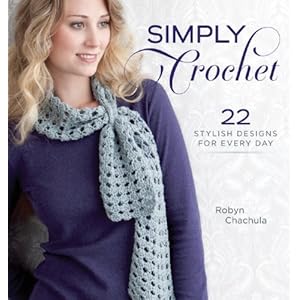The winner, according to this random number generator, is Colorful Temptations. After I complete this blog post I'll alert the book editor, Robyn Chachula, to release a downloadable copy of the new Simply Crochet book to her.
Thank you to everyone who entered! I like that my blog visitors from outside of the USA are equally eligible to win because the prize is downloadable.
Meanwhile, here are more photos of the Tunisian crochet stitch I described in the previous post. This one is an experimental möbius (or moebius) cowl--in bulky wool yarn--and a large Tunisian crochet hook! Fast to crochet and pleasantly stretchy.
I'm adding its pattern details to the Tunisian Shakti Scarves Superpattern in case someone would like to try it.












































